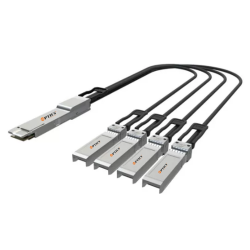Your shopping cart is empty!
MENU
- +
- All Products
- MPO / MTP Cable Assembly +
- Optical Transceivers
- DAC Cable
- AOC Cable
- OFC Patch Cords +
- OFC Tools & Accessories
- OFC Media Converter
- EV Products
- About Us +
- Product Guide
- Data Center Architecture & Applications
- 100G Transceivers and Cables
- 200G Transceivers and Cables
- 400G Transceivers and Cables
- 800G Transceivers and Cables
- Blogs+
- Contact+











